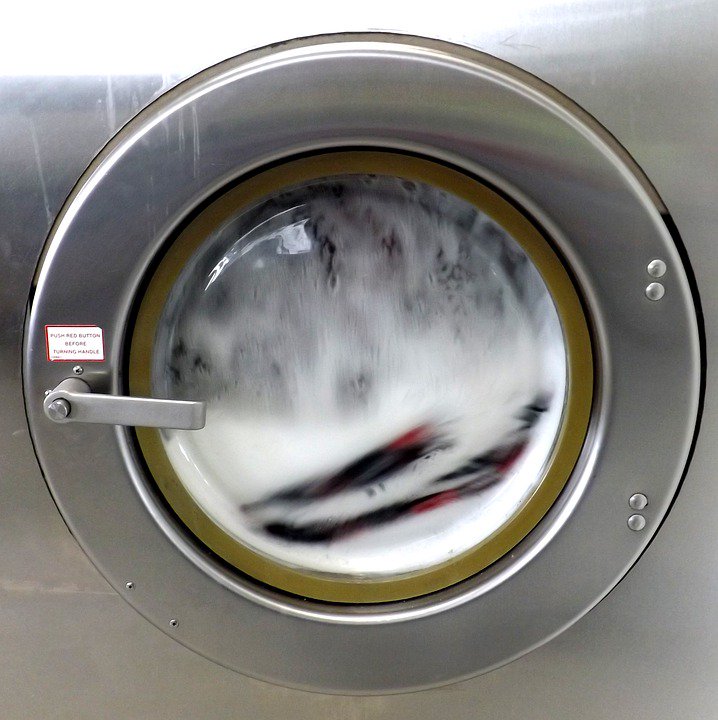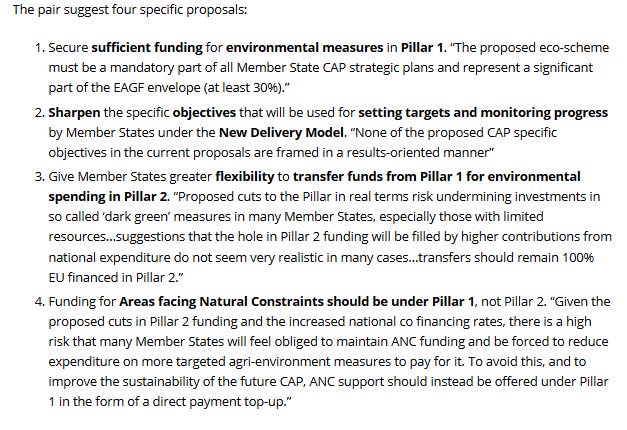ceepr.mit.edu/publications/w…
In New England we are taking a step back by retiring nuclear.
Scotland is getting in on it too. energyvoice.com/otherenergy/22…
Keep Current with Emil Dimanchev
This Thread may be Removed Anytime!
Twitter may remove this content at anytime, convert it as a PDF, save and print for later use!

1) Follow Thread Reader App on Twitter so you can easily mention us!
2) Go to a Twitter thread (series of Tweets by the same owner) and mention us with a keyword "unroll"
@threadreaderapp unroll
You can practice here first or read more on our help page!



